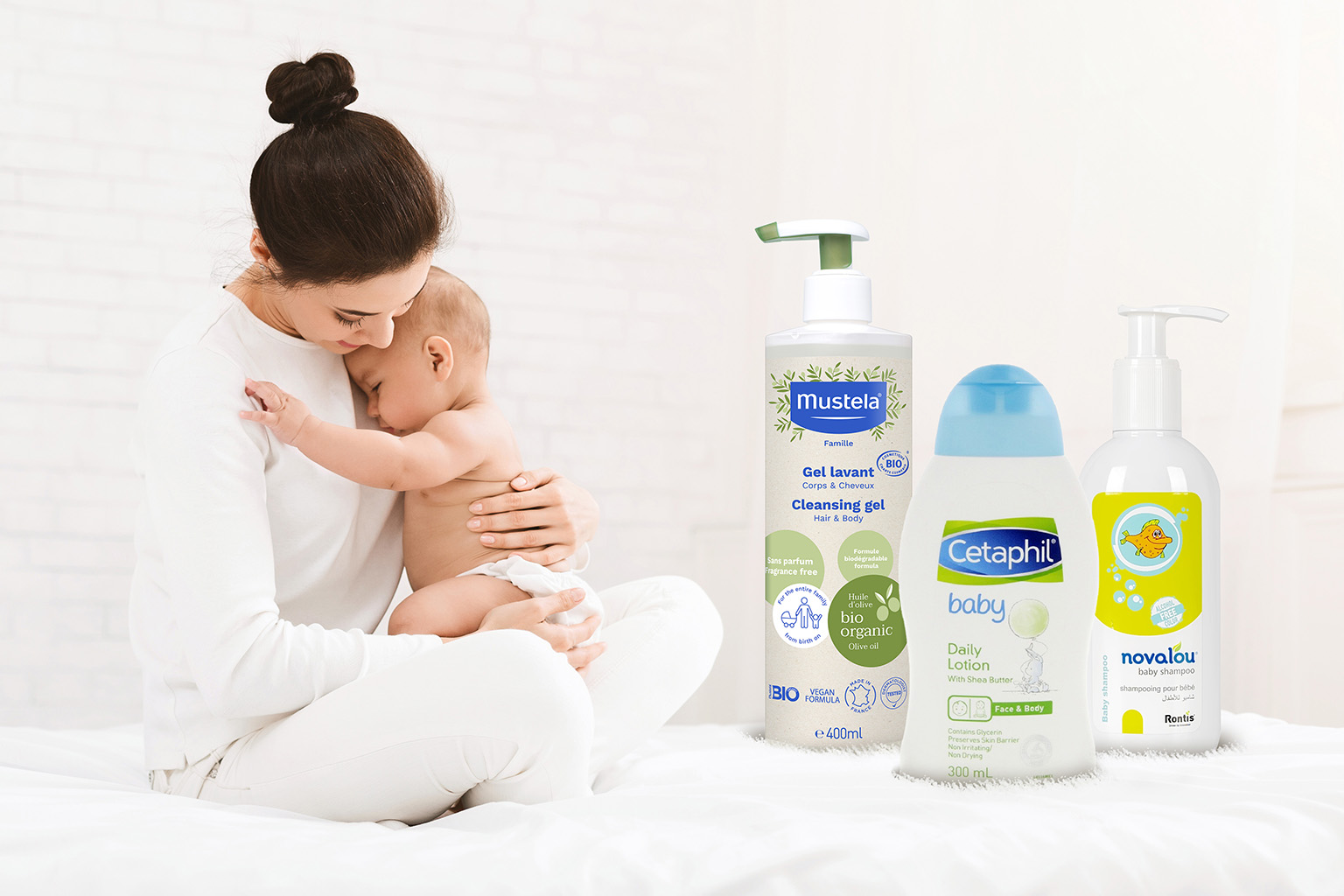Benefits and Uses of Fucidin Cream
- Introduction
- What Is Fucidin Cream?
- Benefits of Fucidin for the Skin
- Common Types of Fucidin
- How to Use Fucidin
- Possible Side Effects of Fucidin
- When to See a Doctor
- Warnings When Using Fucidin
- Conclusion
Introduction
Fucidin cream is one of the most widely used medical creams for treating skin infections and bacterial-related skin problems. It is known for its effective formula containing fusidic acid, a topical antibiotic that helps eliminate bacteria causing inflammation, reducing redness, swelling, and pain in the affected area.
Despite its simple use and wide availability, many people are still unaware of when it should be used, how to apply it correctly, and the differences between its various types such as the red, yellow, orange, and black versions. Therefore, it is important to understand its actual role and when it is appropriate to use it to avoid common mistakes and achieve the best possible results.
In this article, we provide a clear and comprehensive overview of Fucidin cream, its general uses, benefits, and the correct way to use it.
What Is Fucidin Cream?
Fucidin cream is one of the most well-known topical antibiotics used to treat skin infections caused by bacteria, especially those caused by Staphylococcus species. It contains the active ingredient fusidic acid, which works by inhibiting protein production within bacterial cells, weakening bacteria and preventing them from multiplying and spreading the infection.
Fucidin is quickly absorbed and highly effective in treating mild to moderate infections, making it a first-choice option in many skin conditions that require a safe and effective topical antibiotic.
What Are the Benefits of Fucidin for the Skin?
Fucidin cream offers several important benefits for the skin due to its antibacterial properties and ability to reduce inflammation, helping speed up the healing of various skin issues. Its main benefits include:
Treating boils and abscesses
Fucidin combats the bacteria responsible for boils and abscesses by killing microbes and preventing their spread, reducing pain and swelling and accelerating healing.
Speeding up wound and scratch healing
It protects superficial wounds from bacterial infection and promotes faster healing without complications.
Treating post-shaving skin inflammation
It reduces inflammation caused by shaving, especially in folliculitis cases, by decreasing redness and preventing bacterial infection.
Supporting treatment in some acne cases
In mild bacterial acne, Fucidin may help reduce inflamed spots, although it is not considered a primary acne treatment.
Relieving infected rashes
When rash is accompanied by bacterial infection, Fucidin helps reduce redness, irritation, and discomfort.
Use for minor burns
It protects minor burns from bacterial contamination and is also used after laser sessions to prevent infection and speed healing.
The Most Common Types of Fucidin
- Fucidin Red Cream: Antibiotic cream used for bacterial infections.
- Fucidin Orange Ointment: Also an antibiotic but in an ointment base, suitable for dry or rough skin areas.
- Fucidin H Cream: Contains antibiotic + hydrocortisone for severe bacterial inflammation.
How to Use Fucidin?
Fucidin cream or ointment is typically applied as a thin layer to the affected area one to three times daily, depending on the severity of the condition and the doctor’s instructions. Before applying the medication, the area should be cleaned thoroughly and dried gently to ensure better absorption and to reduce the spread of bacteria.
Are There Any Side Effects of Fucidin?
Like any topical medication, Fucidin may cause some side effects in a small group of users, though they are usually mild and temporary. Most people use it without issues.
Possible side effects include:
- Mild redness or irritation
- Slight itching or tingling
- Dryness with frequent use
- Rarely, an allergic skin reaction
When Should You See a Doctor?
Although Fucidin is generally safe, medical advice is necessary in certain situations:
- No improvement after 3–5 days or worsening redness and irritation
- Signs of severe infection: intense pain, heat in the skin, yellow discharge, or spreading inflammation
- Strong allergic reactions: severe itching, swelling, or widespread rash
- When the infection appears fungal or viral rather than bacterial
- Use on the face or sensitive areas, especially with versions containing steroids
- Children, pregnant women, or breastfeeding women
- Chronic skin conditions like eczema, psoriasis, or deep wounds
Important Warnings When Using Fucidin
- Long or repeated use may increase the risk of sensitivity to fusidic acid.
- Do not use on large skin areas without medical supervision.
- Avoid contact with eyes, mouth, and mucous membranes.
- Not effective for fungal or viral infections.
- Steroid-containing versions must be used for a very short time and under medical guidance.
- Stop use immediately and seek medical advice if severe itching, rash, or swelling occurs.
Conclusion
In conclusion, Fucidin cream is a highly effective and safe option for treating many mild to moderate bacterial skin infections. Its active ingredient, fusidic acid, works by inhibiting bacterial growth and preventing their spread. However, proper use and correct diagnosis are essential to achieve the best results.
Fucidin is not a universal treatment for all skin conditions. It does not work for viral or fungal infections or for deep or widespread wounds that require systemic treatment. Therefore, consulting a doctor is important, especially for use on sensitive areas, for children, pregnant women, or chronic skin conditions.
Its key advantages—such as rapid wound healing, treating boils and infected bumps, and reducing irritation from shaving or rashes—make it a reliable choice. Still, incorrect or prolonged use may lead to sensitivity or reduced effectiveness. Monitoring your skin and following instructions are essential for safe and effective use.
By combining proper usage, adherence to guidance, and seeking medical advice when needed, you can confidently rely on Fucidin as a supportive and safe solution for maintaining healthy skin.




